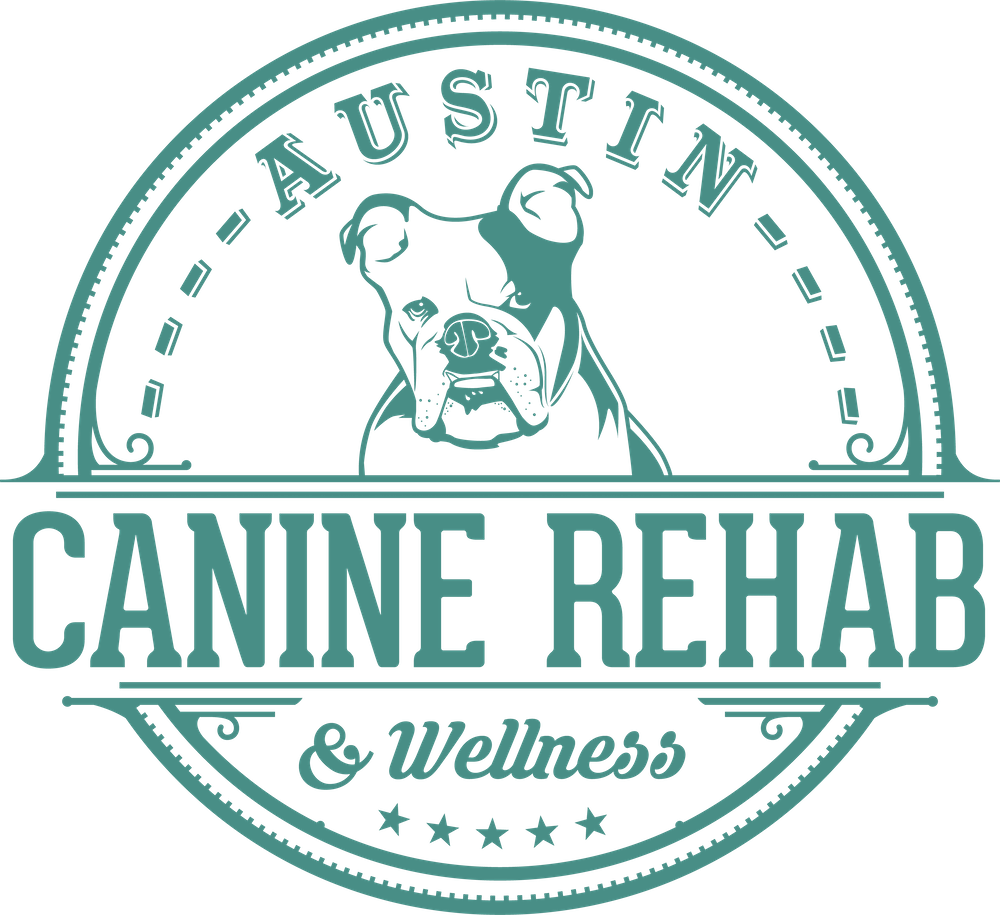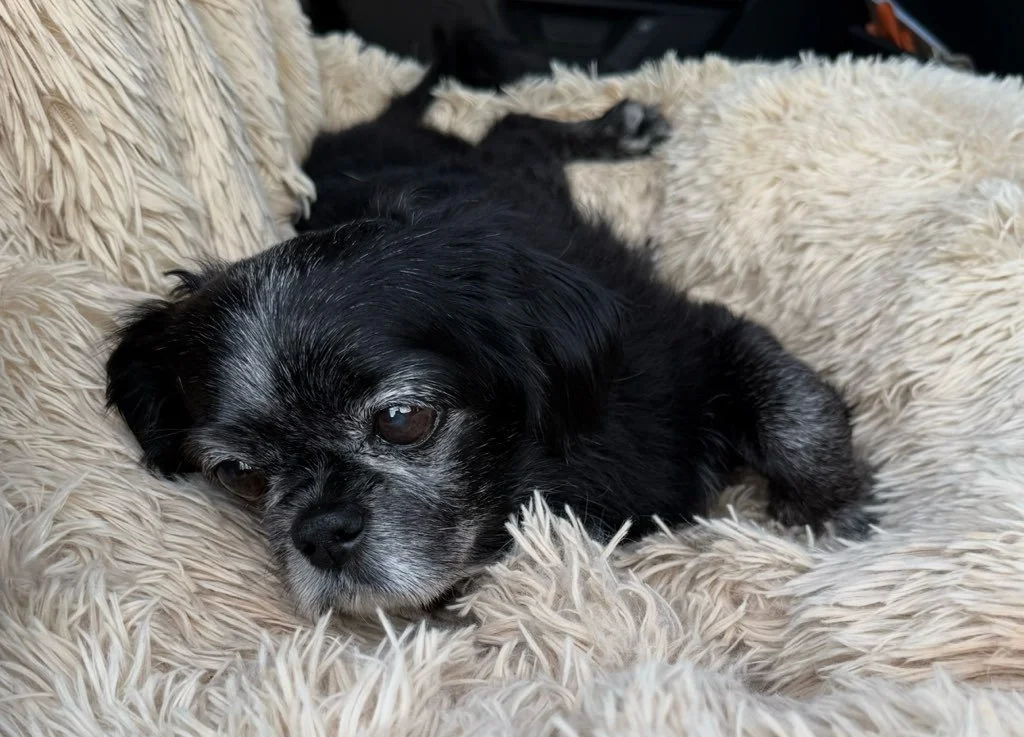Dog CCL Surgery Recovery Week-by-Week: What to Expect
A cranial cruciate ligament, or CCL, injury is one of the most common orthopedic issues seen in dogs. Comparable to an ACL tear in humans, this injury impacts the knee joint and can make even simple movements like standing or walking painful.
Sometimes, a CCL injury will happen suddenly during a play session. In many cases, the injury will develop gradually over time. Gradual degeneration of the CCL is particularly common among large breeds and very active dogs. If your dog has suffered a torn CCL, surgery is going to be the best way to get him or her back to full health over time. (1) Below, we’ll take a closer look at the rehab process, so you can know what to expect in the aftermath of a successful operation.
Understanding CCL Surgery and Recovery
The recovery process from CCL surgery takes patience. The ligament in question here can’t be repaired in the same way as soft tissue, so the joint needs to be stabilized with one of the available surgical options. It’s possible that a TPLO procedure will be performed, short for tibial plateau leveling osteotomy, or an extracapsular repair may be used. (2)
As a dog owner, what you need to know is that careful attention is needed to eventually restore mobility and quality of life. There can be a wonderful life ahead for your cherished pet, but it will take some time and effort to get there.
Setting Up Your Home for a Safe Recovery
As a starting point, it’s important to set your home up as a suitable recovery space for your pet once the surgery is complete. (3) You can start to work on this before the surgery date arrives, so everything is set when you get back home.
First, create a recovery zone somewhere in the house. A corner of the living room or a carpeted bedroom would make a great choice. You can establish this spot with a cozy bed and a blanket, and if your dog likes going in a crate for rest, you could use one for this purpose.
Additionally, lay down non-slip rugs or yoga mats on hard floors, and use something to block off access to the stairs (baby gates work great). We usually don’t recommend the use of braces during surgical recovery, these are typically reserved for special non-surgical rehab cases. So don’t worry about getting one of these before surgery.
If your dog does not do well with the standard elizabethan collar, you may opt to pre-order a “Lick Sleeve” or full leg pajamas to cover your dog’s leg so they can’t access their wound. Ordering them now will help you in case sizing is wrong or they are too difficult to get on/off - be thinking about how you will need to bend that limb to get it into the garment or if you’ll need to pick up another leg to get it done. Choose the easiest option for your dog!
Make sure food and water are easy to access without any significant obstacles that need to be navigated. Also, learn how to lift your dog carefully for this recovery phase. Think about what path your dog will take to get outside to potty and make sure that pathway is lined with rugs or yoga mats. Just like with a human patient, you want to make everything as easy as possible, so your dog can be nursed back to health one day at a time.
Weeks 1-2: Rest and Controlled Movement
The focus during the first two weeks after the procedure should be on getting plenty of rest and protecting the incision site. (4) You want to avoid any issues with infections and allowing the dog to rest will keep inflammation to a minimum. Activity should be limited to little more than getting outside just long enough to take a potty break. You certainly don’t want to allow the dog to do any running, jumping, or climbing stairs.
Pay attention to your dog’s condition during this time and reach out to your vet with any concerns. It’s completely normal to have some swelling and mild bruising, but anything that looks like it is getting worse should be addressed immediately.
Weeks 3-4: Beginning Gentle Rehab
Most dogs will be able to transition to gentle rehabilitation around the three to four-week mark. At this point, you’ll shift your focus from healing the surgical site to slowly rebuilding strength and mobility.
While the plan will vary from one dog to the next, some exercises likely to be used at this point include assisted standing, supported weight shifting, and simple balance work. The goal is to reintroduce movement without stressing the joint in any significant way. Once your vet or rehab therapist says it’s okay, you can start to take short, controlled walks on flat ground.
Weeks 5-8: Building Strength and Confidence
You should start to see some of your dog’s energy returning at this point. Don’t allow their enthusiasm to get you ahead of the game, however. It’s still important to be patient and build up gradually. You can start to take slightly longer leash walks, but don’t let the pace get too fast. The slower they walk the more likely they are to bear weight through the surgical limb - and weight bearing helps bone to heal!
Even more exercises can be incorporated at this time, such as advanced weight shifts and planks to help load the surgical leg and promote bone healing. Your dog is going to be gradually regaining balance and coordination during this time, and it can be exciting to see them get closer to what you would consider “normal”. It is more important than ever to make sure you continue to modify their activity and not allow any running, jumping, playing with other dogs or walking on slick surfaces.
Beyond 8 Weeks: Transitioning to Full Activity
With a couple of months of recovery completed, things will start to look a lot better for your dog. The walks you take will keep getting longer, and controlled play can be explored. You will still want to avoid high-impact or quick contraction activities like playing fetch and running should be restricted until your surgeon gives the full go-ahead to let your dog push its limits once again. Even then, it is best to work with a rehab therapist who can assess and progress your dog in accordance to their unique situation.
The bone may be nearing full healing, but the soft tissues are still healing well beyond 8 weeks. This is where rehab becomes particularly important to help you and your dog meet goals like getting back to jumping on to the couch, playing with dog siblings, or getting back to a safe game of fetch.
The Role of Individualized Rehab Plans
The timeline above should give you a general idea of what to expect as your dog goes through the recovery process. Of course, no two CCL surgery recoveries are exactly the same, which is why it’s so important to have a personalized rehab plan created with the help of a certified canine rehabilitation therapist.
At Austin Canine Rehab, we are experienced in helping dogs recover from this injury and surgery. Reach out today to chat with us about the situation your dog is facing and we’ll work together to chart a path toward a healthy and happy future.
Frequently Asked Questions
-
Most dogs take 3 – 4 months to return to normal activity levels after a CCL surgery. There are plenty of variables involved in that timeline, however, so it’s possible that regaining full strength and mobility could take longer. The age of your dog, as well as the consistency of the post-op rehab process, will play a role in the recovery schedule.
-
It’s usually best to begin rehab within the first one or two weeks after surgery. Listen to your veterinarian and follow their directions closely. Early in the rehab process, your dog will likely go through very gentle treatment, including massage and range-of-motion movements. This will help to limit stiffness and maintain flexibility as healing progresses. We recommend getting on the schedule somewhere sooner rather than later to ensure a speedy recovery and availability with one of our rehab therapists.
-
Yes. Through targeted, professional rehab, you can help your dog avoid another CCL tear in the other limb. Of course, that outcome can’t be ruled out entirely, but staying on top of rehab will improve the chances of a healthy future all the way around.





